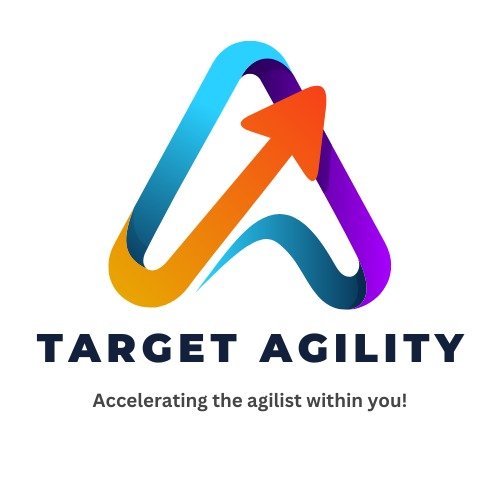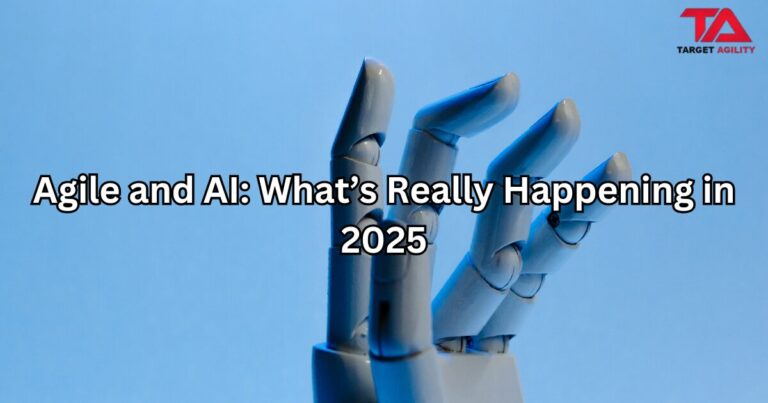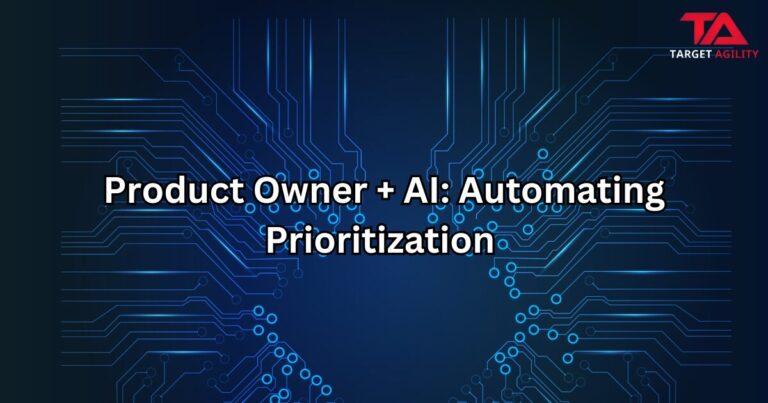In 2025, everyone’s talking about Agile and AI. Some people claim AI will replace Scrum Masters, write user stories, or even make Agile pointless.
Let’s cut the drama. Agile isn’t going anywhere. Teams still need collaboration, feedback, and adaptability. What’s changing is that AI is slipping into Agile workflows in specific, useful ways. Here’s what’s actually trending this year.
1. AI Helps, It Doesn’t Replace
AI isn’t stealing jobs—it’s acting like a co-pilot.
- Scrum Masters use it to prep retros and spot repeated issues.
- Product Owners lean on it for backlog cleanup and analyzing customer feedback.
- Developers use it for coding suggestions, bug checks, and testing.
The pattern is clear: AI makes roles easier, but people still make the real decisions.
2. Backlog Management Gets Smarter
Backlogs often become a dumping ground. AI now helps by:
- Suggesting priorities based on data and feedback
- Spotting dependencies and duplicates
- Drafting simple user stories
It doesn’t know your business better than you, but it cuts down on clutter so POs can focus on strategy.
3. Faster Sprint Planning
Planning meetings used to drag. AI tools now handle:
- Forecasting velocity
- Estimating team capacity
- Flagging risky backlog items
This means teams spend less time crunching numbers and more time making decisions together.
4. Better Retrospectives
Instead of relying only on memory or sticky notes, AI tools track patterns across sprints.
- “You’ve had the same blocker four times.”
- “Morale dips whenever deadlines slip.”
That way, teams can focus their retro talk on real problems—not vague guesses.
5. Real-Time Metrics
Agile reporting is faster now. AI can auto-build:
- Burn-down charts
- Release forecasts
- Risk dashboards
Scrum Masters don’t need to spend hours updating spreadsheets. They can use that time coaching and supporting the team.
6. The Danger of Overusing AI
Some teams are going too far—letting AI write user stories, create retro actions, or even suggest sprint goals without checking. That’s lazy, and it weakens Agile.
The top teams in 2025 keep a balance: AI handles the busywork, but humans handle judgment, decisions, and conversations.
7. People Still Come First
Here’s the bottom line: AI can’t fix a broken culture. If a team avoids tough conversations or lacks trust, AI just makes the dysfunction faster.
But if the culture is strong, AI helps it grow. Agile is still about people. AI just removes some friction.
Final Word
The trend in 2025 isn’t “AI replaces Agile.” It’s AI supports Agile.
The best teams use AI to save time, find patterns, and bring data into the room—while keeping collaboration and trust at the center.
So before chasing every new AI tool, ask: Will this help my team focus on teamwork and improvement? If yes, use it. If no, skip it.
Agile and AI aren’t enemies—they’re strongest when they work side by side.












